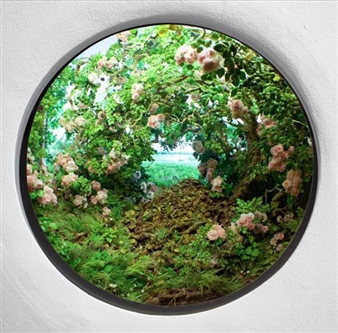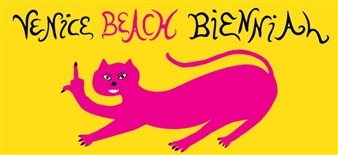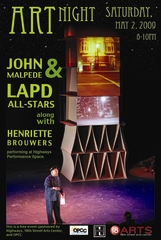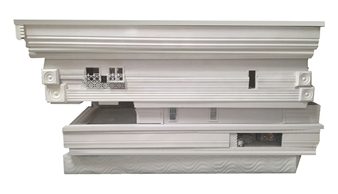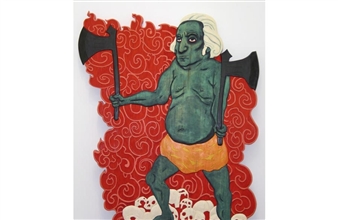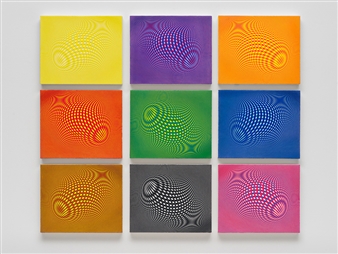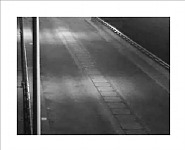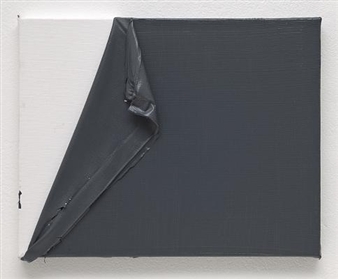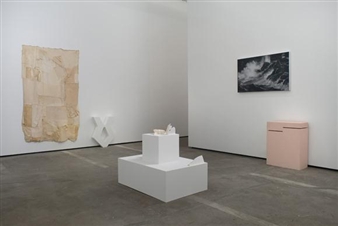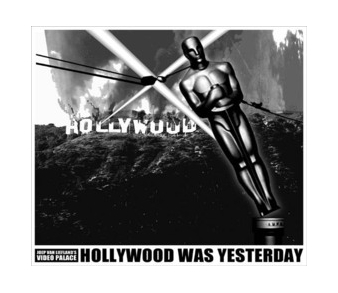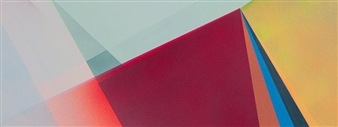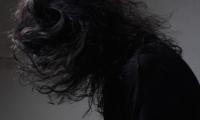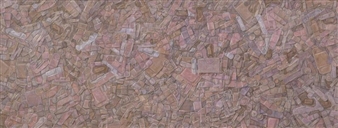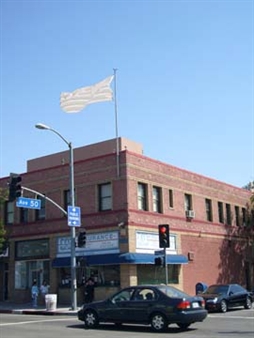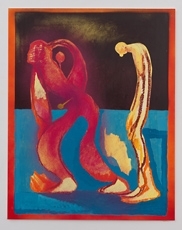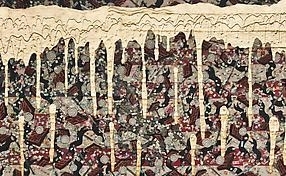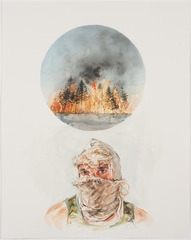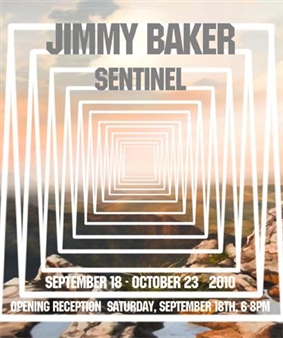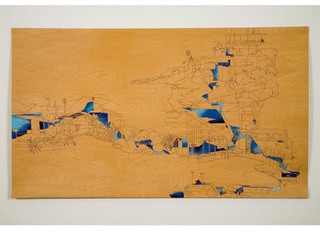Neotropicó
Laurel Doody, California, Los Angeles, 04/26/2016
Unit 7, 637 S Cloverdale Ave, Los Angeles, CA 90036, United States
April 26, 2016, 7pm
Neotropicó
Beatriz Santiago Muñoz, Jorge Gonzalez, and Monica Rodriguez
Nice to meet you.
Nice to meet you too. I am here at the studio as you can see.
That’s awesome! We are looking at images of the Klumb house.
This is the chair. What’s it called? Arklú?
Yes, it’s from a design firm that only lasted three years, from 1945 to 1948. The firm was named Arklú, which is named after the architects that started the firm, Henry Klumb and Stephen Arneson. They both met as apprentices of Frank Lloyd Wright.
Interesting.
Henry Klumb designed this house, it was his home. What year did he design it?
I believe it was in 1948. He acquired the house in 1947 a year prior to the closing of his firm. The house is very close to the University of Puerto Rico.
The University now owns the house. Jorge, was your first idea to go and work with the garden?
With the gardener. It is going to be 4 years now, since I started this project.
Klumb was the first architect whose designs took into account the landscape and conditions of the island. Is this correct Jorge?
Yes, he is part of a first generation of architects sponsored by the Federal Government of the United States to come to Puerto Rico and work on the construction and design of public works. They had a strong interest in working with the local context and it’s climate conditions. Richard Neutra was the director of this committee for public works. After working for this committee, Henry Klumb stayed in Puerto Rico and was part of the first generation of architects to establish a private practice in the island.
I am curious about what material you are weaving with? Is it a local grass? Where do you buy your grass?
It’s a tall grass that grows in mangroves here in the north coast of the island. I have come into contact with a family that worked with Henry Klumb and Stephen Arneson and that continue to make theArklú chair using this grass fiber and weaving technique. I am very interested in how this piece of furniture is still made, but as a popular design.
Right, it’s become vernacular
Yes, it is interesting how the design contains the history of this family’s production.
I want to take a minute to zoom out a little and think about story telling. How an object can be a vessel to tell stories and also the event that Monica is putting together here in Los Angeles. It’s this privilege but at the same time a very challenging thing, to bring things from far away and to try to tell a story.
I’ve come to assemble this project through a pedagogical platform that is called Escuela de Oficios. A platform were people come together to learn local traditional craft techniques as well as their histories. I am interested in this process of learning through making. There are many instances that form parts of this project. For example, an awareness to landscape becomes part of the process when dealing with this grass fiber. Also, when approaching local craft-makers, most of them live outside the city, so we have to drive two, three hours in order to visit their workshops and learn their craft. We visited one craft-maker that lives very close to an archeological site, so the indigenous past becomes a link that forms part of the process. These are things that happen along the way that starts to create ties between the site, the craft, history, etc. The pieces that I will bring with me, the rug and the four stools are things that I can travel with. There is something very interesting about being able to bring these pieces with me.
Have you seen the film that is going to be part of the exhibition?
Beatriz’s film, Farmacopea.
How does it relate to your work?
Farmacopea refers to an inventory of plants. I developed a previous project in which I took an interest in botanical identification and botanical taxonomy as a way of learning the various uses of plants. I started this project by video documenting the landscape surrounding Klumb’s house. At first I was interested in documenting the gardener but he did not like to be filmed, so I started to film the plants. I then started to take an interest in the reflections of the landscape into the house. This is how I first developed Understory the first iteration of a series of projects relating to the Klumb House.
Jorge used the word inventory when describing the film and him being in the garden and doing this inventory. I feel that word relates to your mapping project as well. Do you think about that structural element that’s existing in all the works?
Yes, I think that in Bea’s film when you see shot after shot of images of plants and the naming of these plants it become a kind of inventory of the flora and with Jorge the natural materials used for making all these designs it also becomes an inventory of the geography of the Island and then with my work the repetition of drawing the shape of the Island and the mapping of the whole Caribbean area also becomes a—
Different ways of describing something that is un-describable.
Yes.
I think its interesting the history of filmmaking, the botanical systems and cartography but also of modernism for going in and finding local things and utilizing them to engage with and to make something new. It’s an interesting model. The international language of modernism and the regional applications is an interesting duality to think about.
—Skype conversation between Monica Rodriquez, Jorge Gonzalez, and Fiona Connor on March 22nd, 2016
